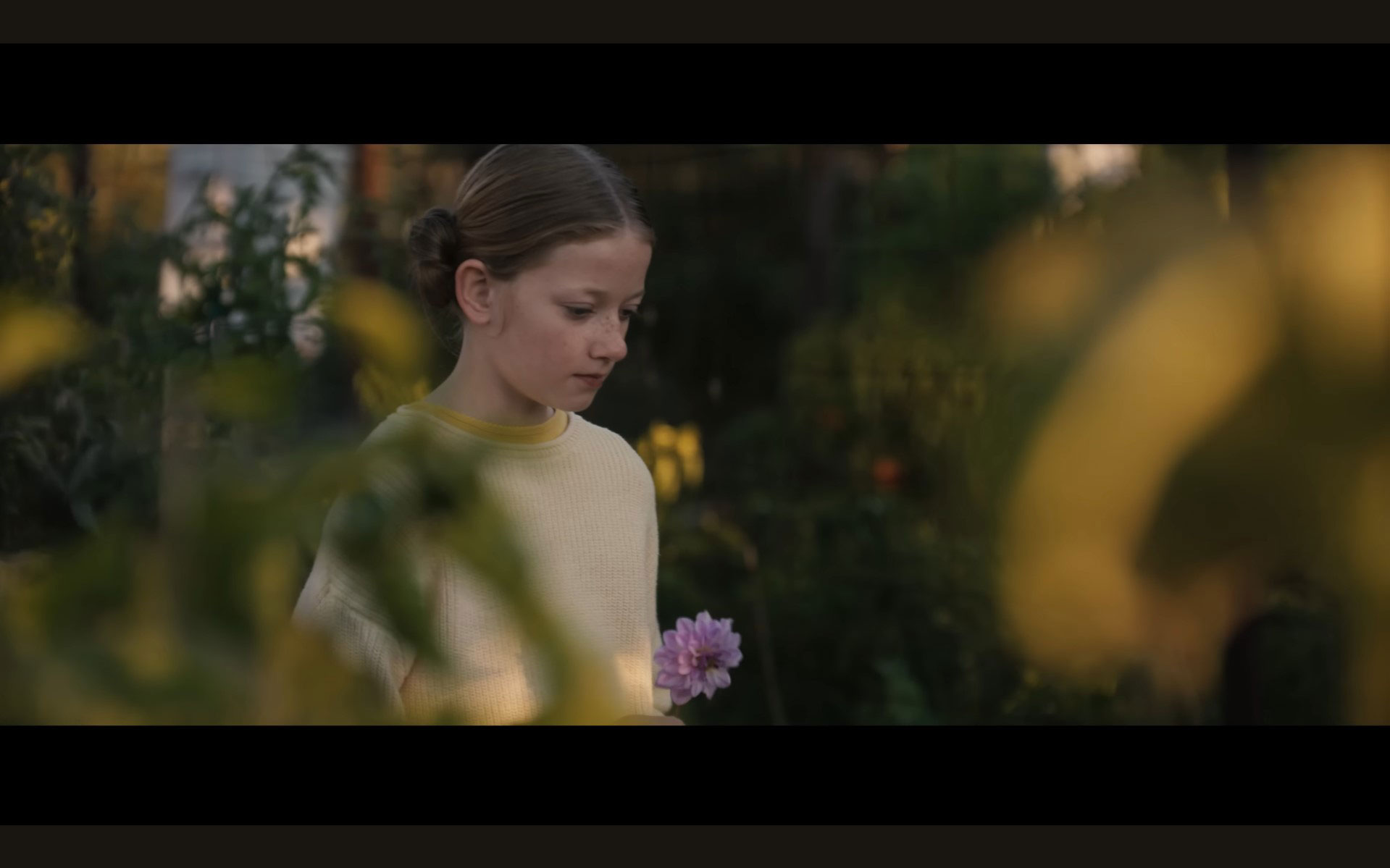
Post-apocalyptic Movies
Post-apocalyptic movies depict life after a global catastrophe—such as nuclear war, pandemic, environmental collapse, alien invasion, or technological uprising—that has devastated civilization. These films explore the struggles of survivors navigating ruined landscapes, scarce resources, broken societies, and often, the loss of hope or morality. Gritty, imaginative, and often deeply human, post-apocalyptic stories reflect fears about the future while asking what it means to rebuild—or simply survive.
One of the earliest and most influential examples is Mad Max (1979) and its sequels, especially Mad Max: Fury Road (2015), which presents a violent, desert-bound future where water and fuel are currency. These films emphasize anarchic action and visual spectacle while portraying survival as a brutal daily fight.
The Road (2009), based on Cormac McCarthy’s novel, takes a more intimate and bleak approach, following a father and son journeying through a gray, lifeless America. It explores love and morality in a world stripped of structure and safety.
Other notable entries include Children of Men, where global infertility has led to social collapse, and A Quiet Place, where humanity lives in silence to avoid alien creatures that hunt by sound. I Am Legend, 28 Days Later, and The Book of Eli blend action, horror, and introspection in worlds ravaged by disease, war, or religious cataclysm.
These movies often feature lone heroes, scavenger societies, and haunting remnants of the old world—abandoned cities, crumbling monuments, and fractured technology. But they also raise deeper questions: What parts of humanity survive after the end? Can hope and compassion exist amid destruction?
Post-apocalyptic films are powerful because they show us the edge of existence—and how people rise, fall, or change when everything familiar is gone. They’re thrilling, cautionary, and often strangely beautiful portraits of life after the end.


Kalki 2898 AD
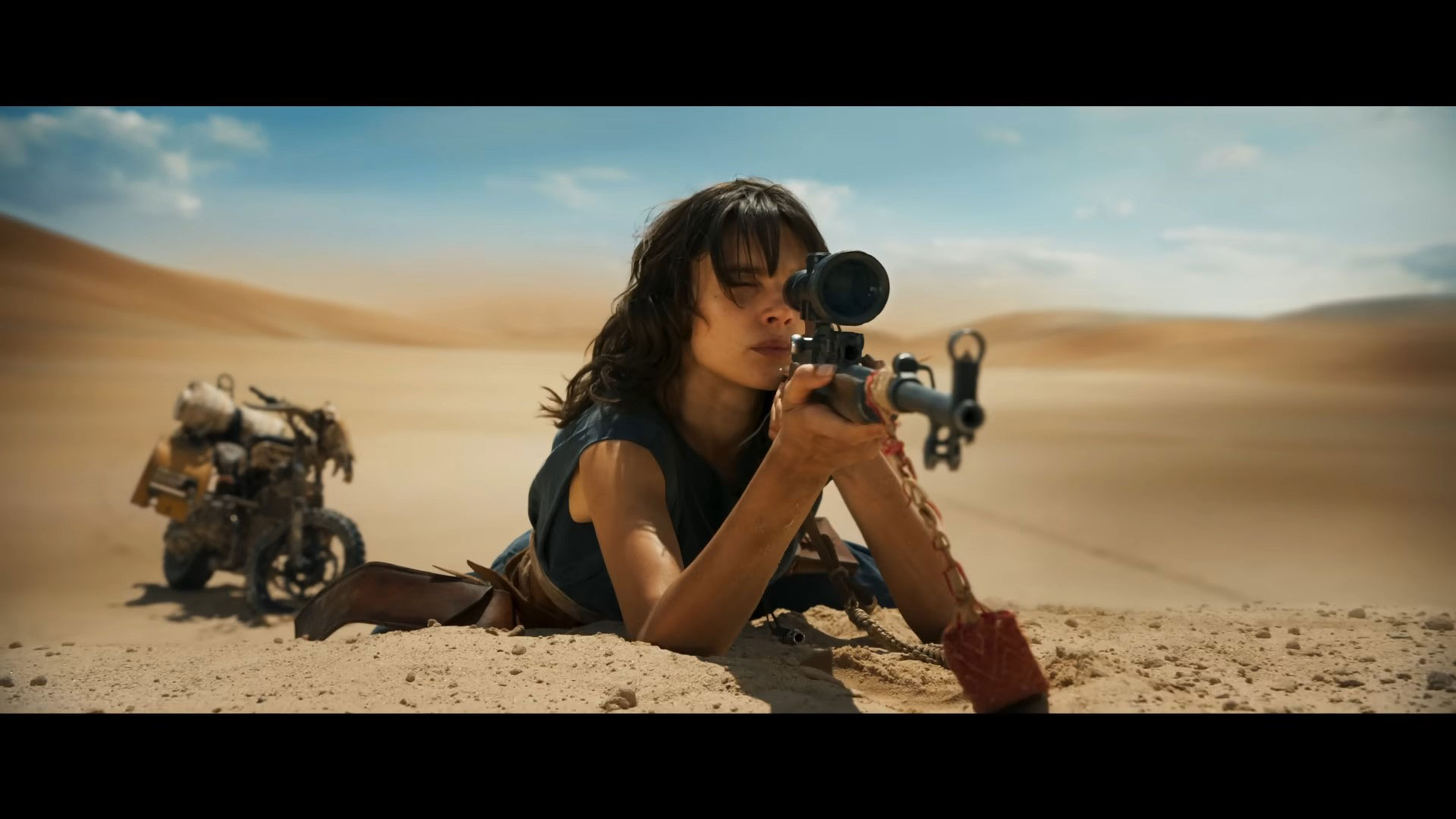
Furiosa: A Mad Max Saga
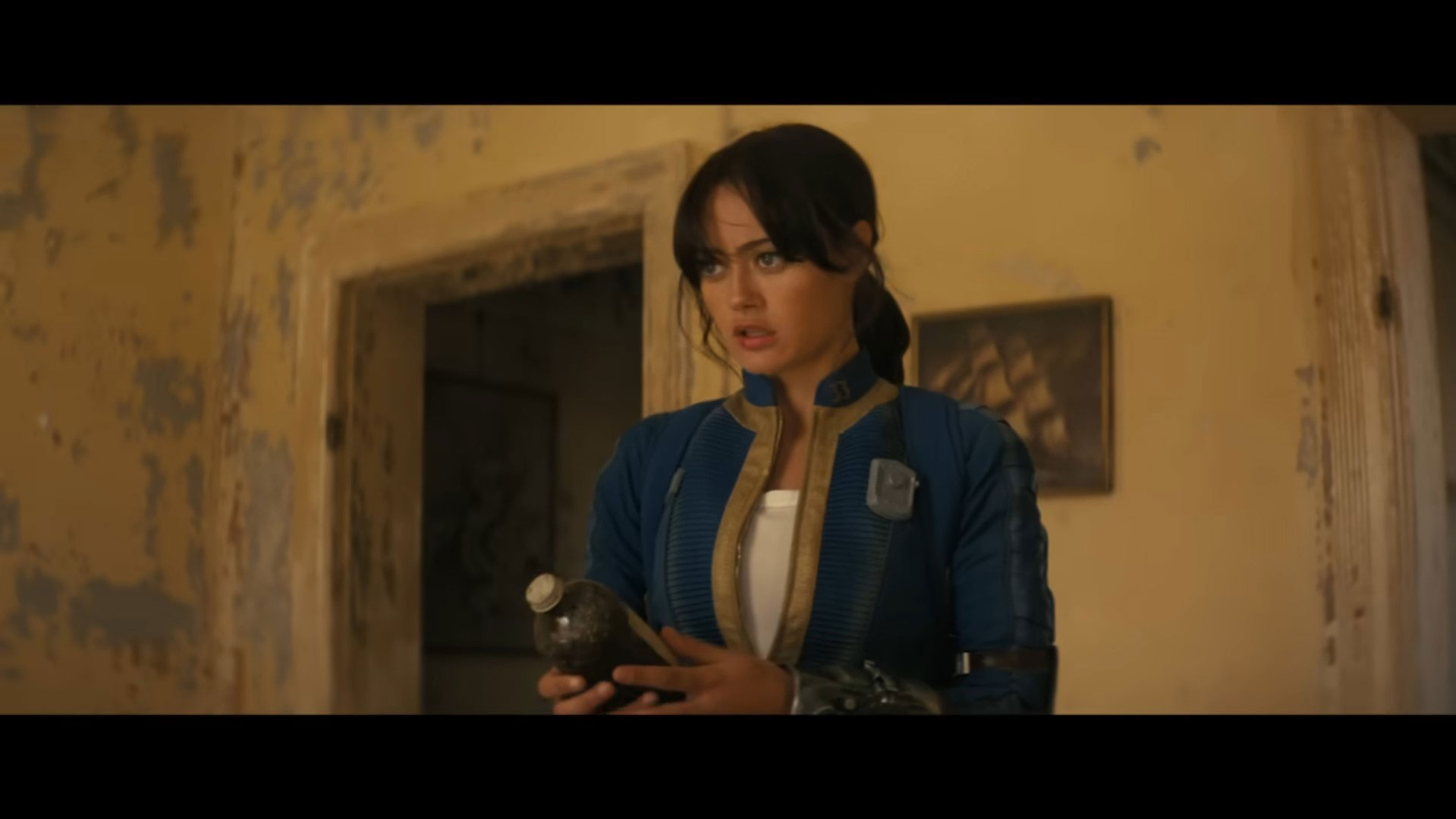
Fallout (TV series)

Waterworld
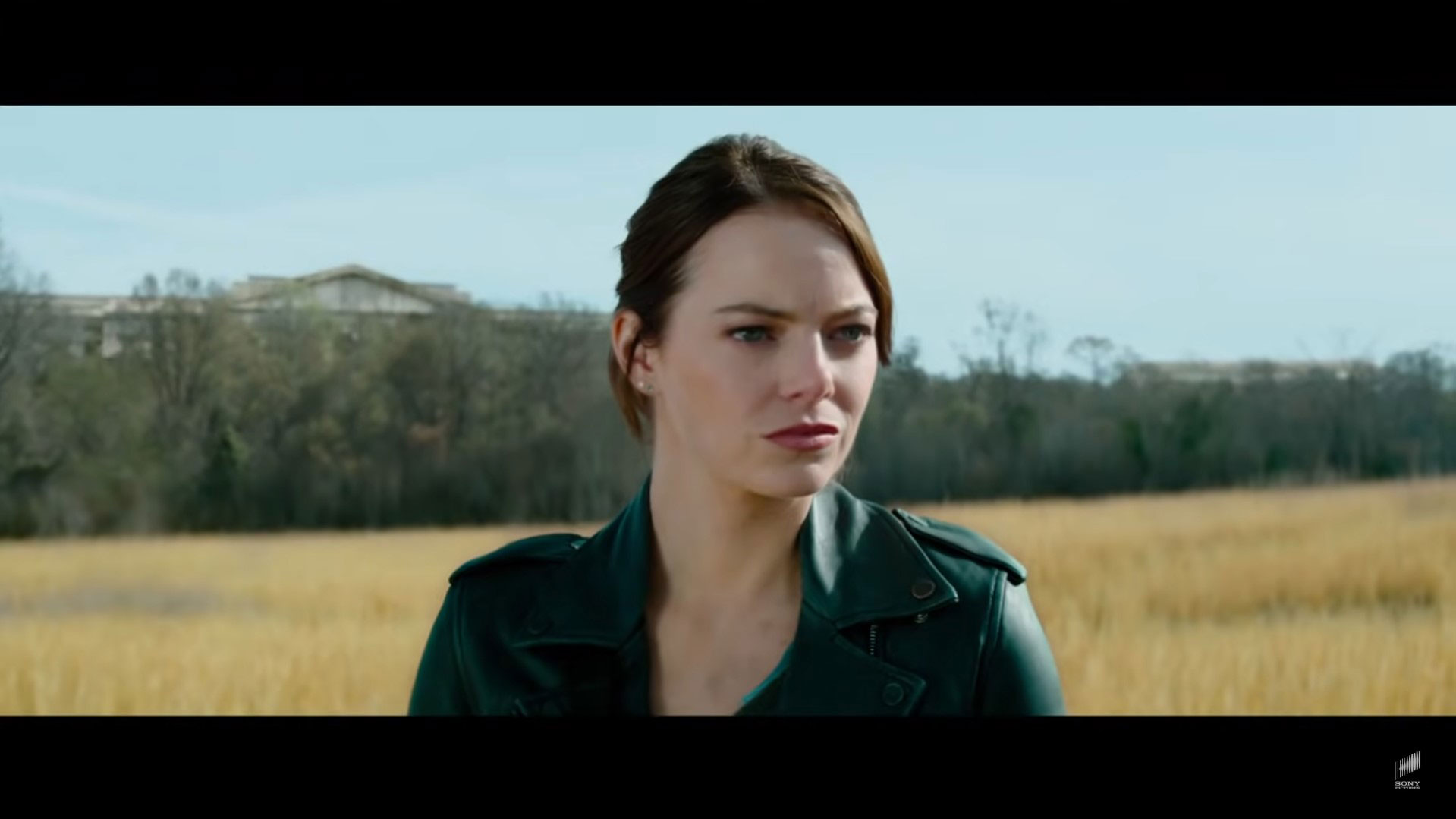
Zombieland: Double Tap
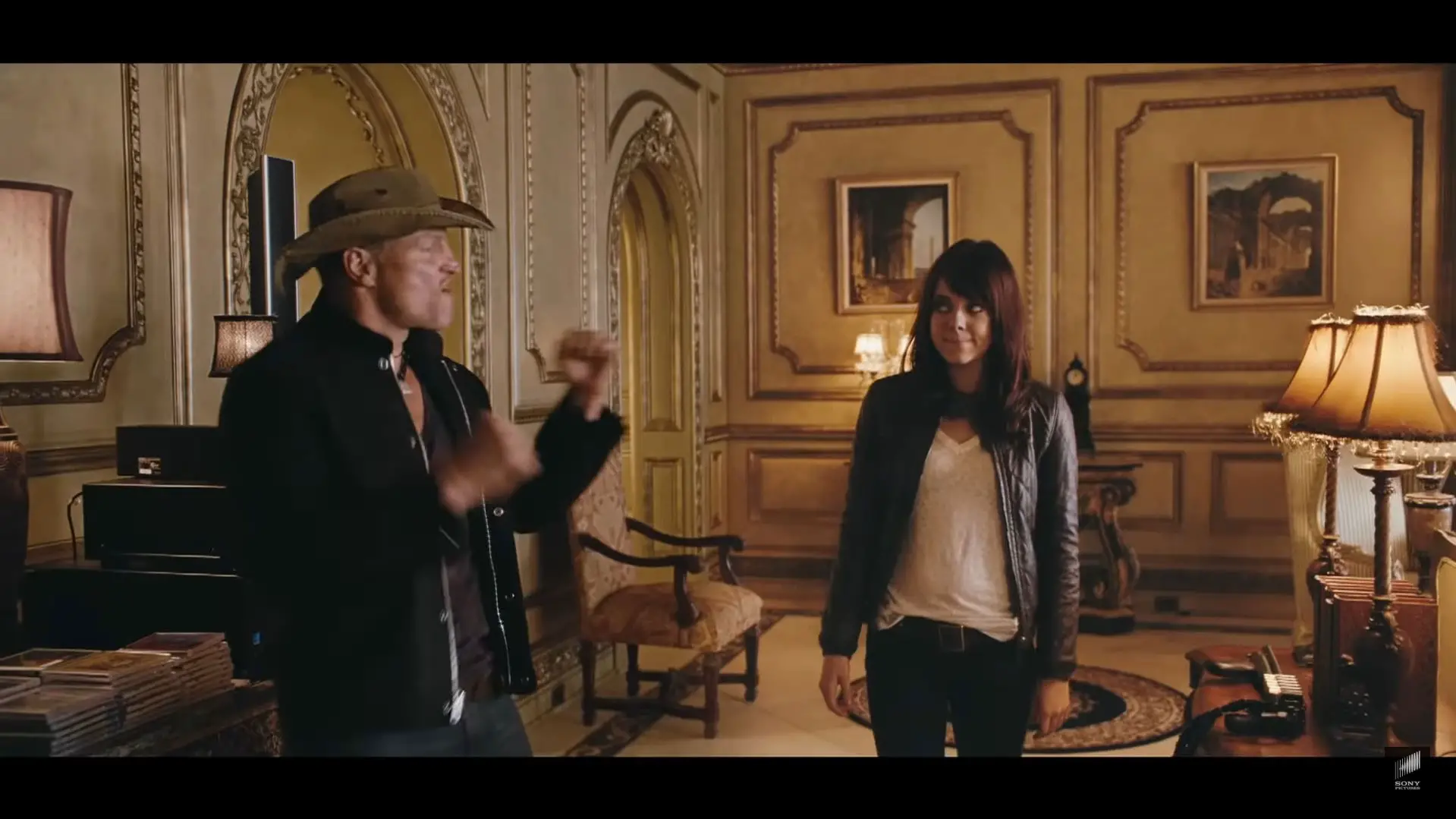
Zombieland
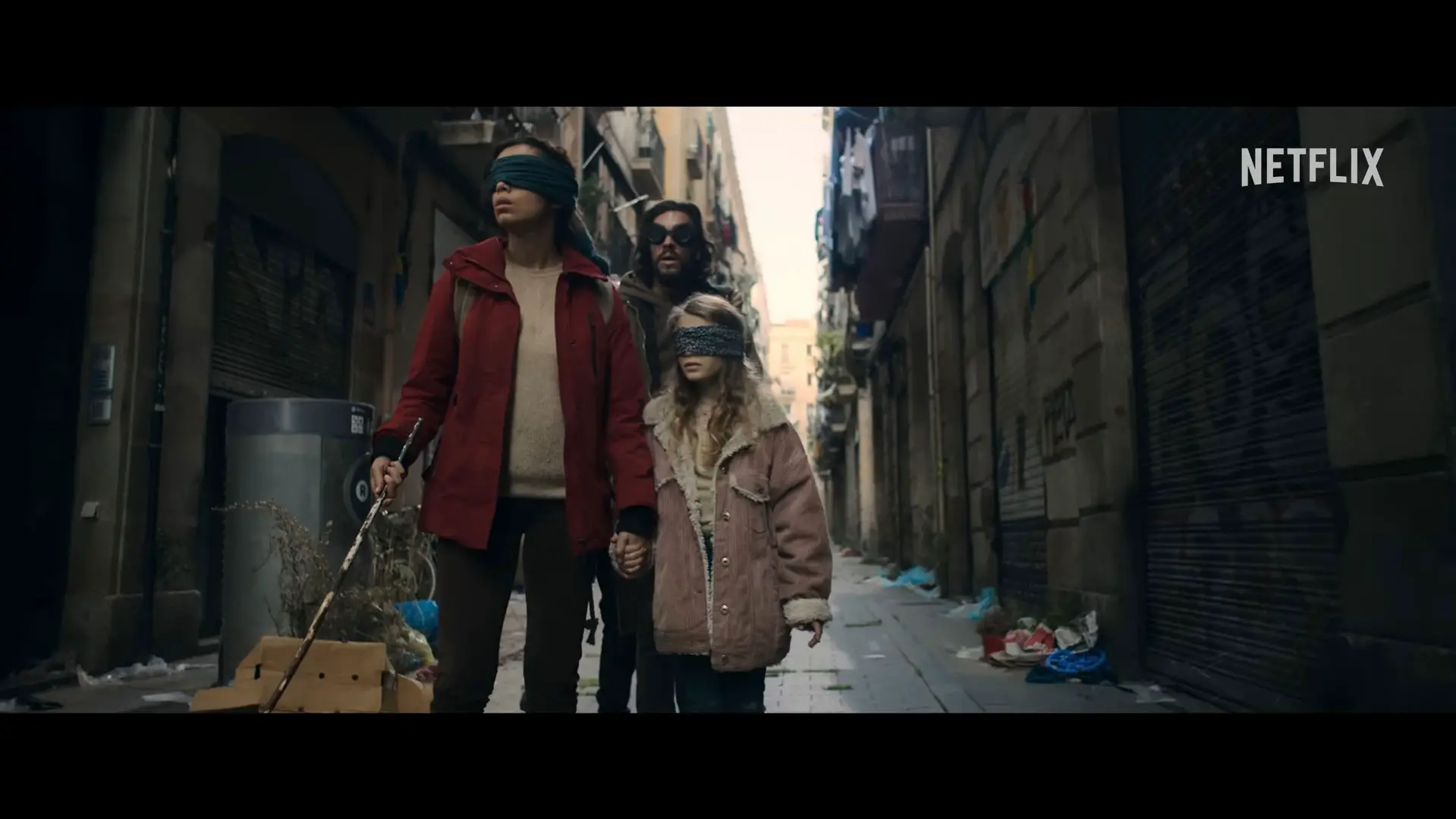
Bird Box Barcelona

Nausicaä of the Valley of the Wind
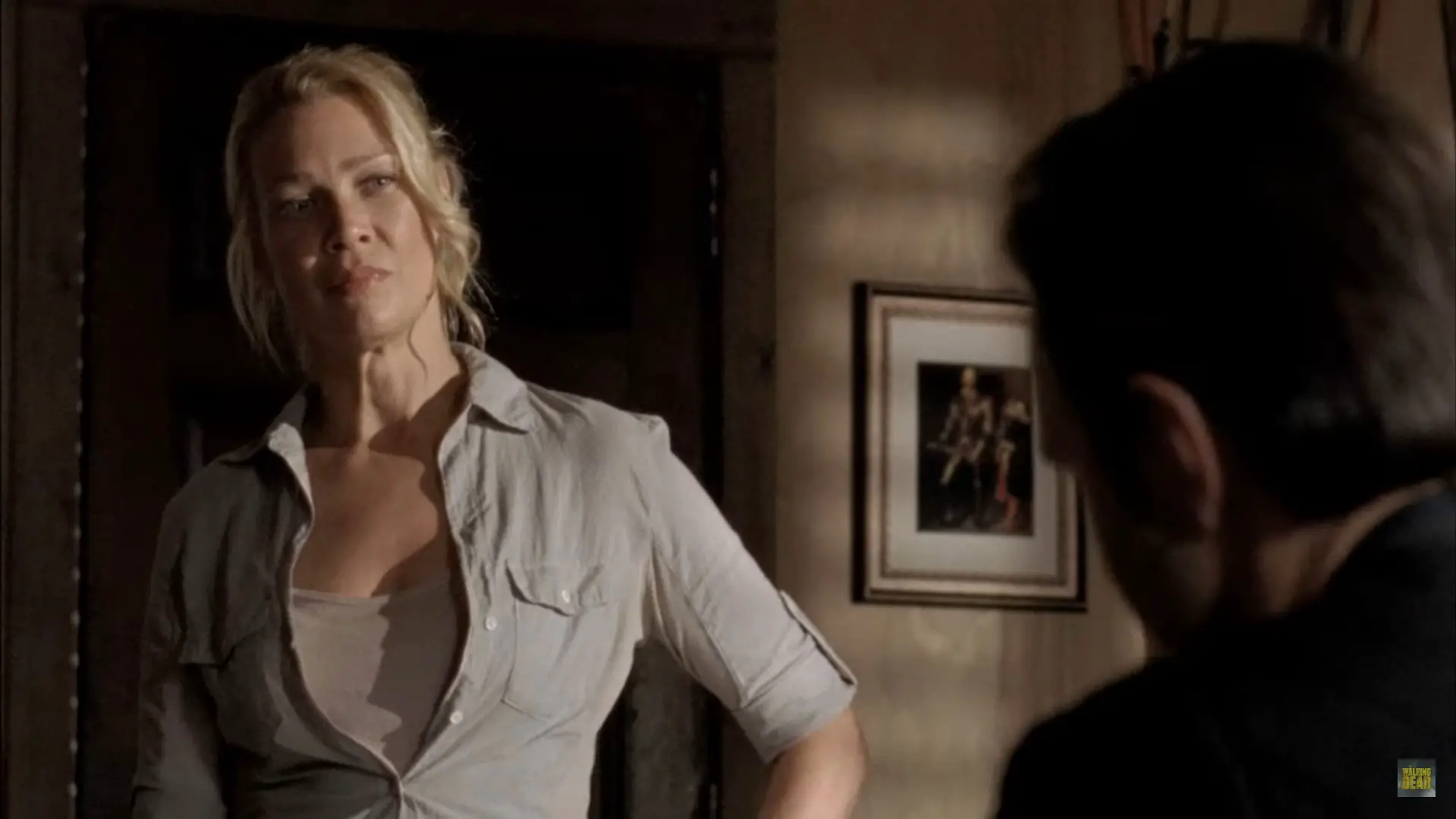
The Walking Dead

Mad Max Beyond Thunderdome
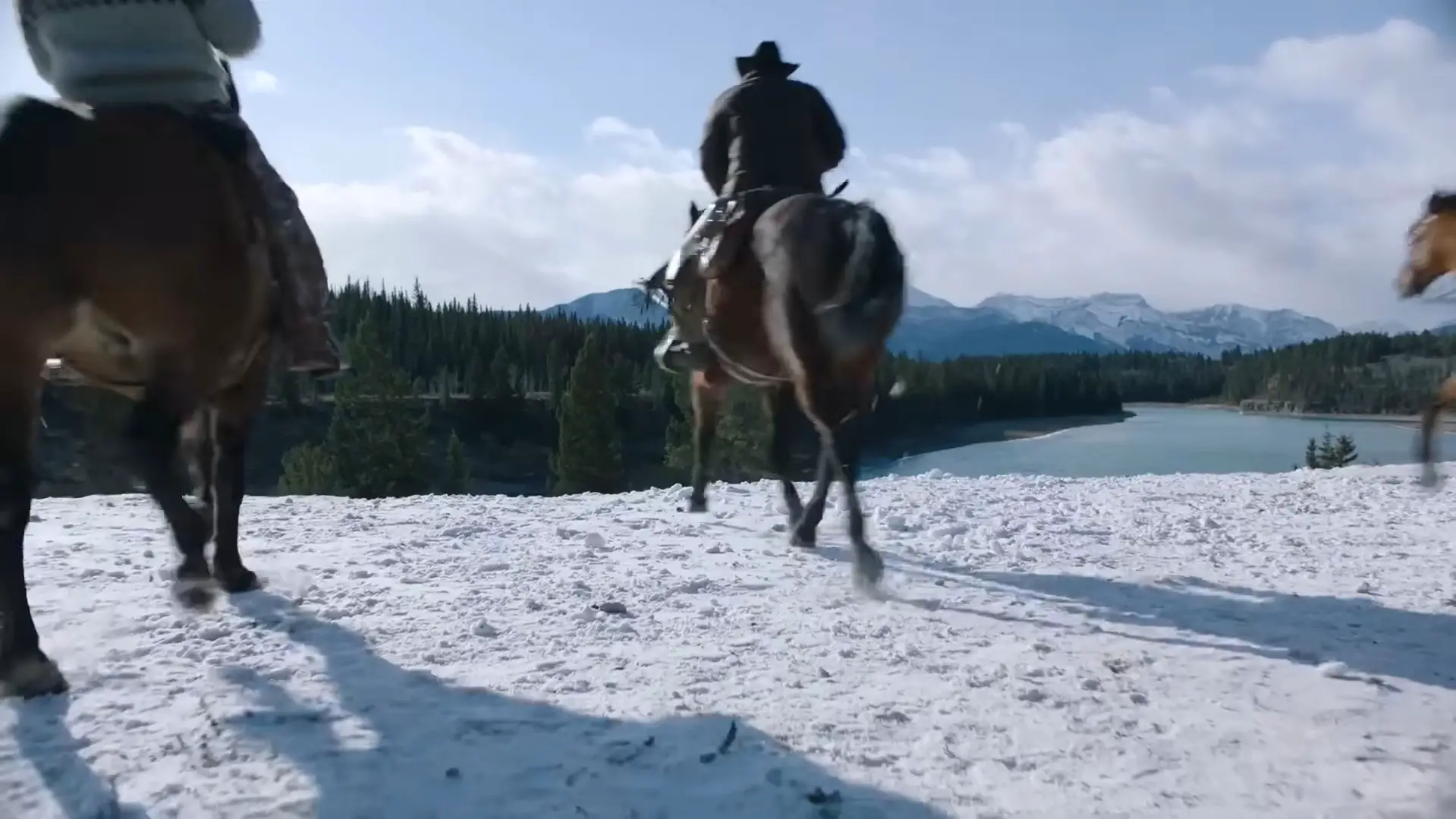
The Last of Us (TV series)
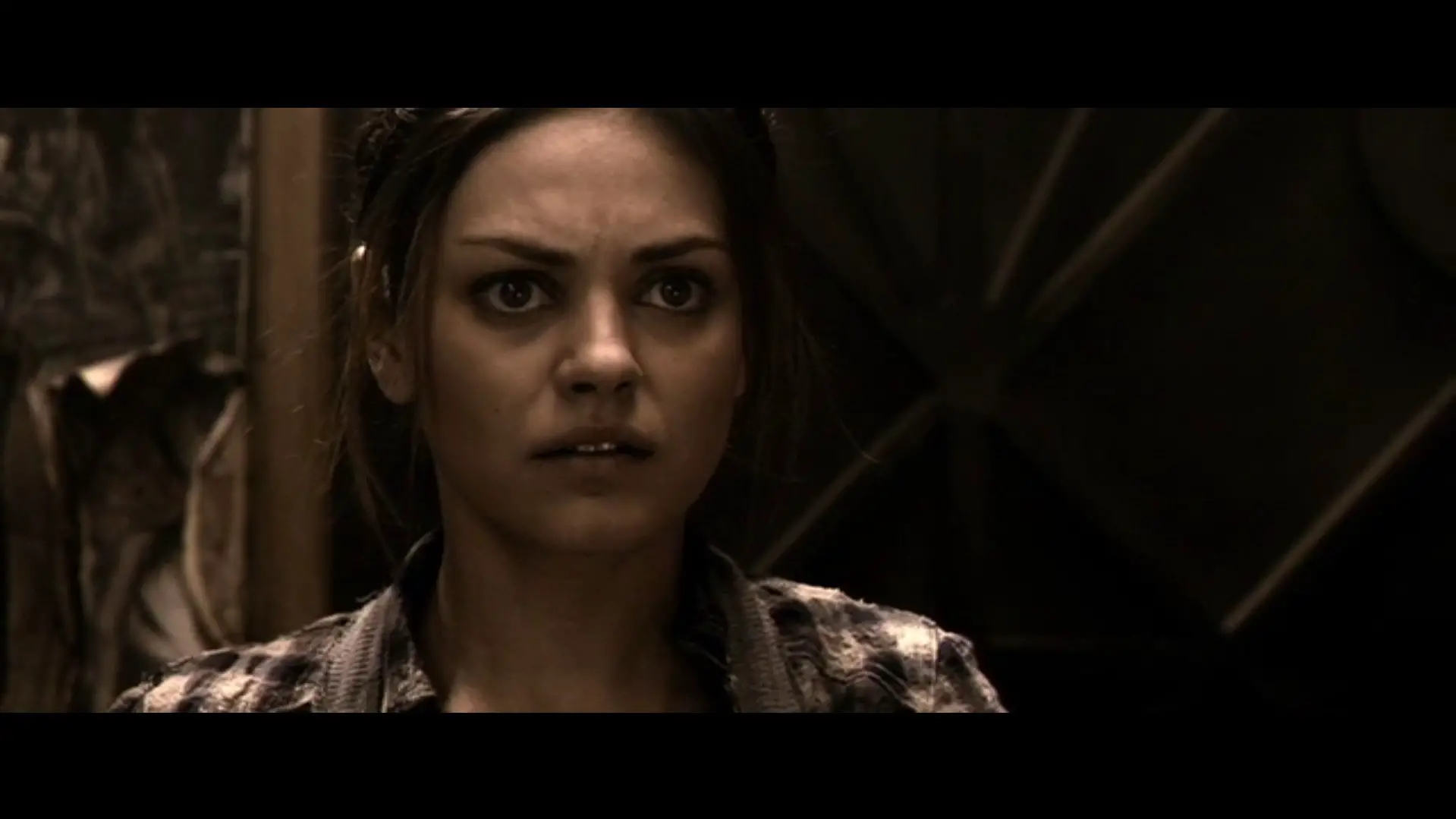
The Book of Eli
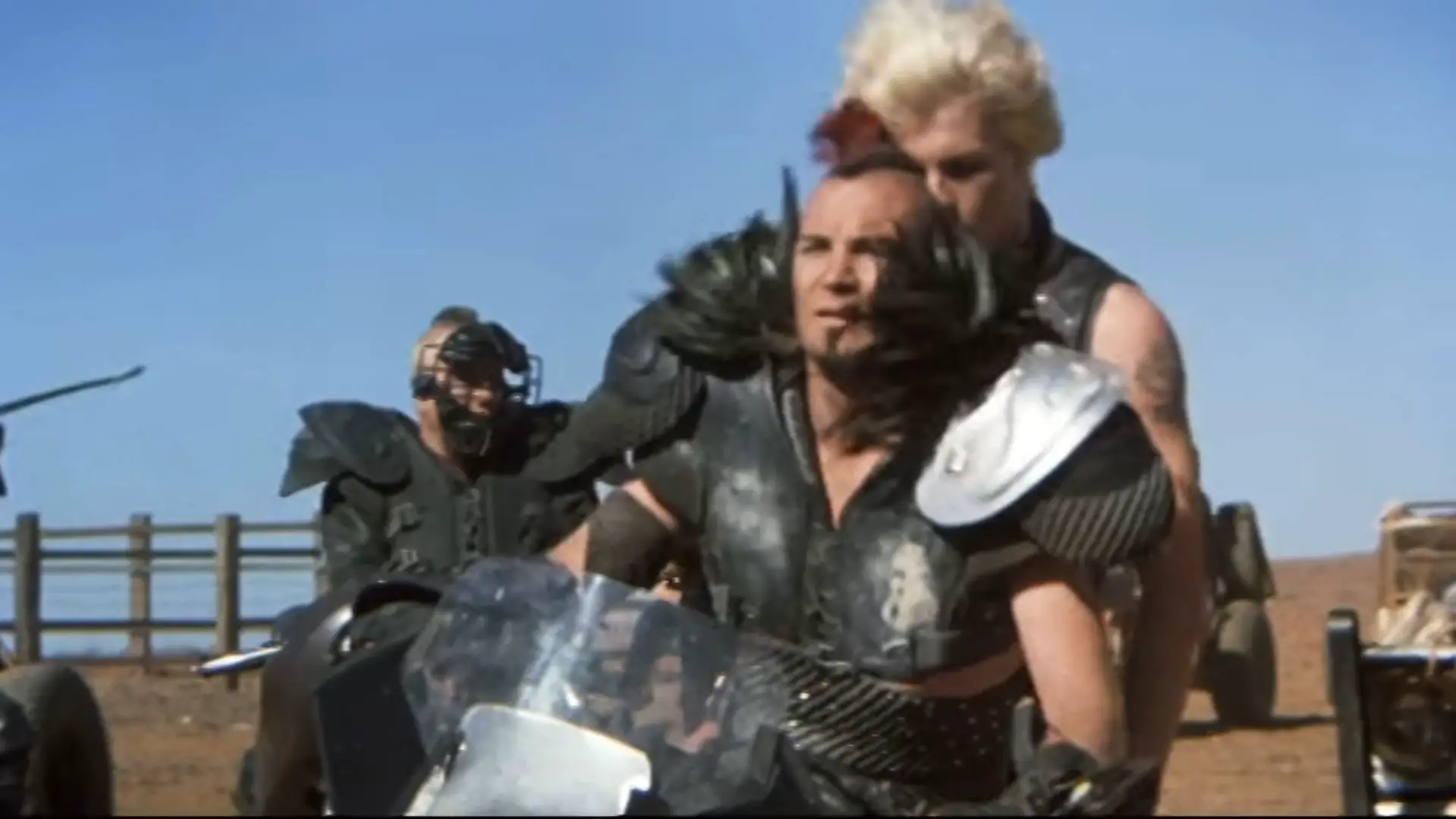
Mad Max 2

Snowpiercer (TV series)
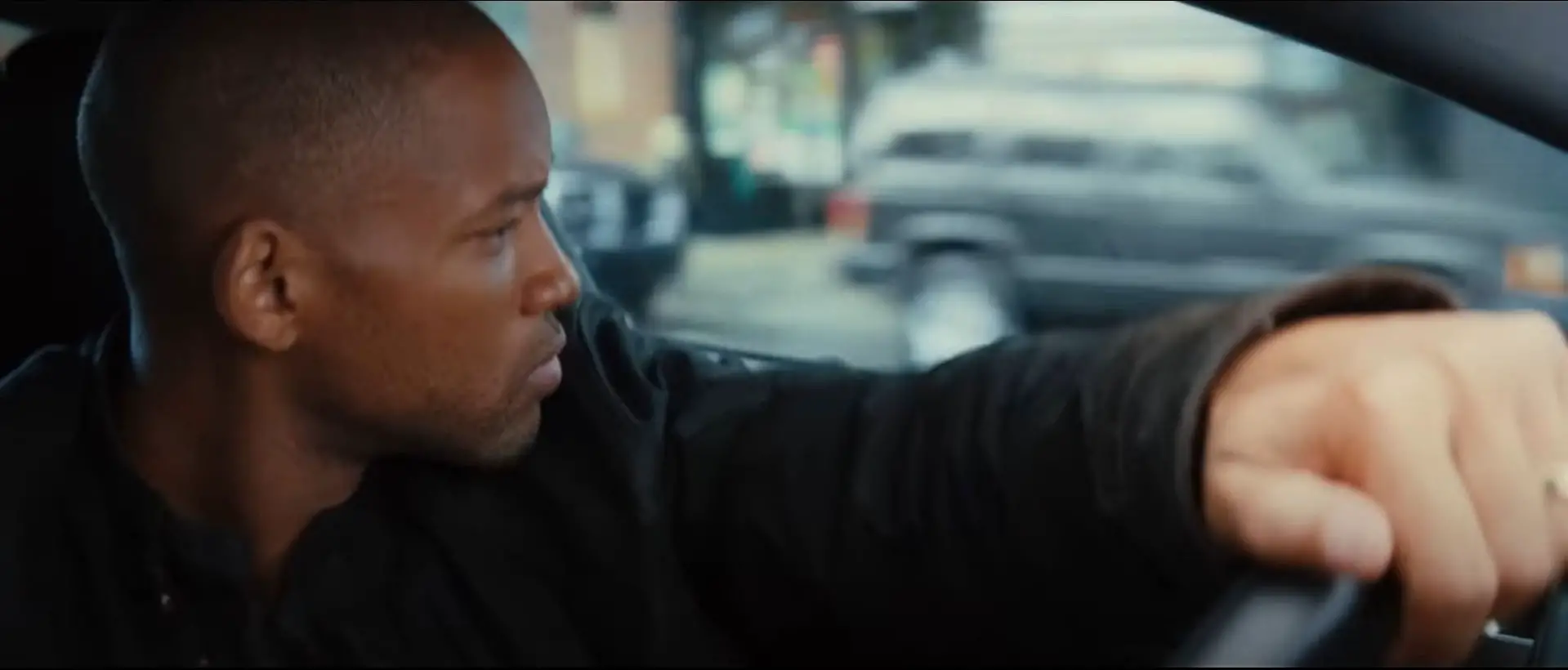
I Am Legend
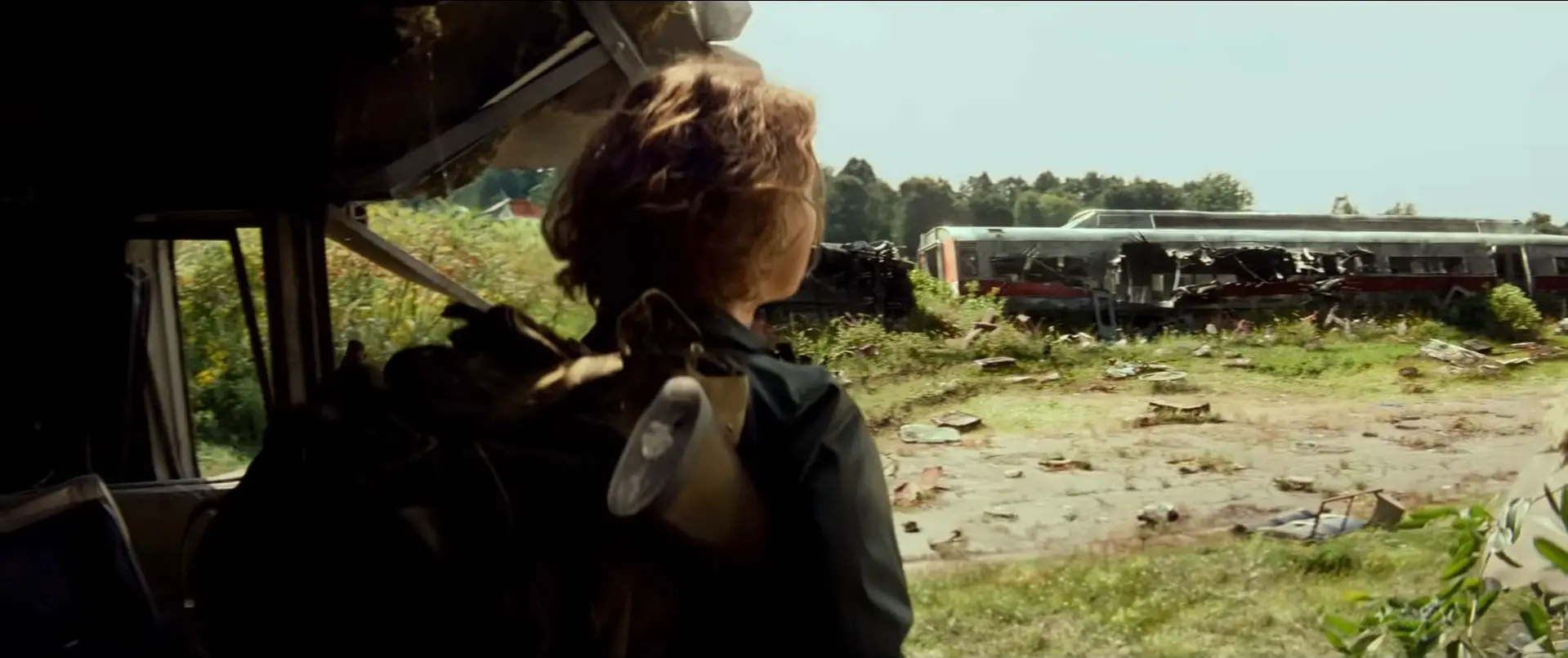
A Quiet Place Part II

Mad Max: Fury Road

Bird Box



